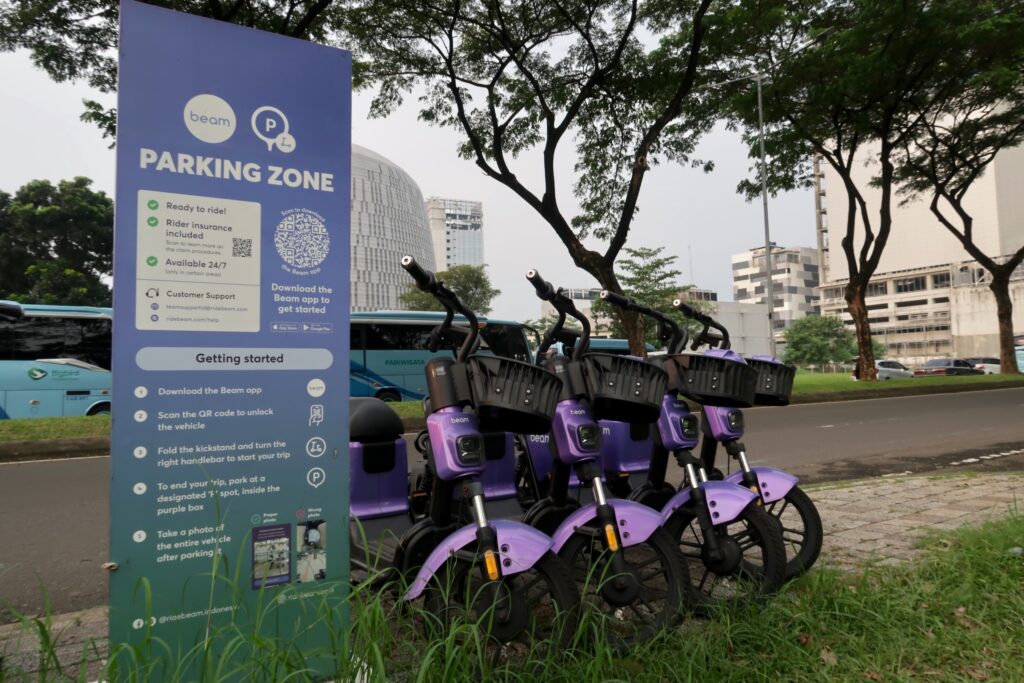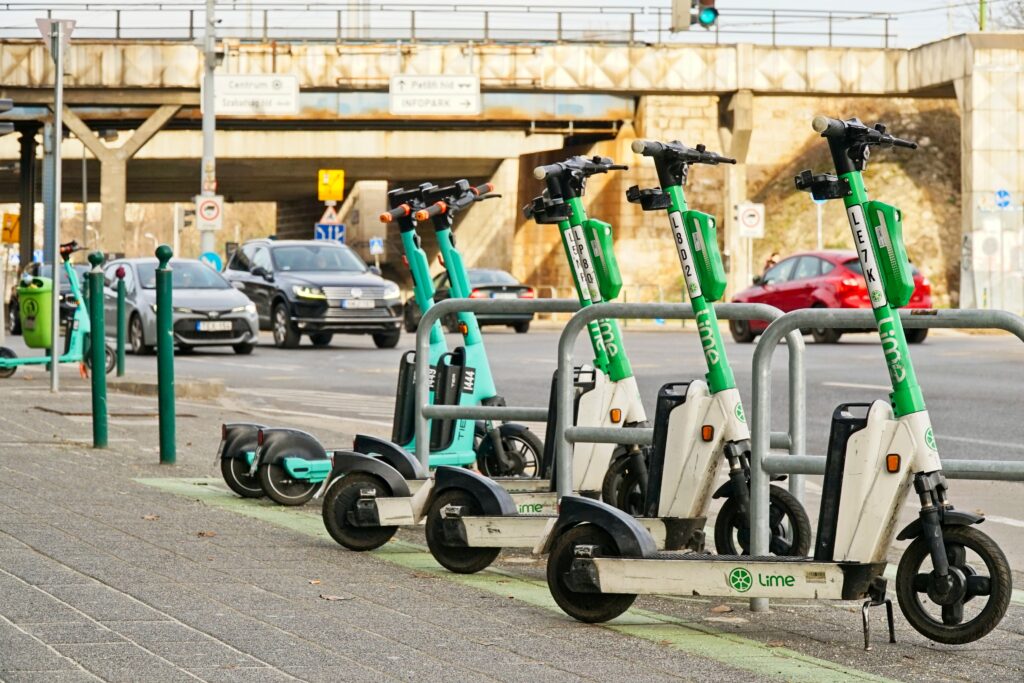Micro-Mobility Integration: How to Incorporate Scooters, Bikes, and E-bikes into Your Ride-Hailing Platform!
Integrating micro-mobility options like scooters, bikes, and e-bikes into your ride-hailing platform can greatly enhance your service offerings and attract a broader customer base. This blog explores the key considerations, potential benefits, challenges, and business models for incorporating micro-mobility into your ride-hailing business.
Key Considerations for Micro-Mobility Integration

1. Platform Integration
Seamless User Experience: Your platform should offer a smooth and unified experience. This allows customers to book and pay for scooters, bikes, e-bikes, and regular rides using a single app.
Real-time Availability: Ensure your platform provides real-time information about the availability of scooters, bikes, and e-bikes nearby. This makes it easy for users to find and access these vehicles.
Dynamic Pricing: Implement flexible pricing that adjusts based on demand, time of day, and vehicle type. This approach maximizes both user satisfaction and revenue.
2. Vehicle Management
Geo-fencing: Set up geo-fenced areas for parking and using micro-mobility vehicles. This helps optimize vehicle deployment and ensures they are available where needed most.
Battery Management: For e-bikes and e-scooters, develop an efficient system for charging and swapping batteries to keep your fleet operational.
Maintenance and Repair: Establish a solid maintenance routine to keep your vehicles in good condition and ensure a safe, reliable experience for your users.

3. Safety and Regulation
Helmet Requirements: Encourage or enforce helmet use for scooter and bike riders to enhance safety.
Rider Education: Offer safety guidelines and tutorials to teach users how to ride safely and responsibly.
Compliance: Stay up to date with local regulations and obtain the necessary permits to operate micro-mobility services legally.
Also read, Advancements in EV Mobility: What’s Improved in 2024?
Business Model
Revenue Generation: Explore various pricing models, such as per-minute, per-kilometer, or even subscription-based pricing, to suit different customer preferences.
Partnerships: Consider teaming up with existing bike-sharing and scooter-sharing companies to expand your service offerings without having to manage the entire fleet yourself.
Data Analysis: Use data analytics to monitor usage patterns, identify high-demand areas, and optimize your operations accordingly.
Potential Benefits of Micro-Mobility Integration
- Increased Market Reach: By offering scooters, bikes, and e-bikes, you can attract a wider range of customers with varying transportation needs, such as short trips or eco-friendly options.
- First and Last Mile Solutions: Micro-mobility vehicles are perfect for covering short distances, making it easier for customers to complete the first or last leg of their journey.
- Reduced Congestion: Promoting micro-mobility can help reduce traffic congestion and pollution in urban areas, contributing to more sustainable cities.
- Additional Revenue Streams: Micro-mobility services can generate new income for your platform, diversifying your revenue sources.

Challenges and Opportunities
- Urban Infrastructure: Evaluate whether the city infrastructure supports micro-mobility, including the availability of bike lanes, parking spots, and charging stations.
- Competition: Analyze the competition in your area and identify what makes your service unique. Consider how you can offer a better or different experience to stand out.
- User Education: Educate your users on the benefits of micro-mobility and how to use the vehicles safely and responsibly.
- Data Privacy: Implement strong data protection measures to safeguard user information, especially when expanding your platform to include new services.
Potential Business Models
Fully Owned Fleet: Own and operate all your micro-mobility vehicles, giving you full control over quality, pricing, and maintenance.
Partnerships: Collaborate with existing micro-mobility providers to offer their vehicles on your platform, reducing the need for heavy upfront investment.
Hybrid Model: Combine both approaches by owning some vehicles while partnering with other providers to expand your offerings.

How Jugnoo Can Help
Jugnoo makes it easy to run and grow your micromobility business with a complete solution that includes software, IoT, and hardware for e-bikes and e-scooters. With over 100 features, you can manage everything from one platform, ensuring a smooth experience for your users. The hardware is top-notch, allowing seamless fleet management and fast scaling. With Jugnoo, you can expand your business quickly and efficiently.
Conclusion
Integrating micro-mobility into your ride-hailing platform offers immense potential for growth. With Jugnoo’s complete solution—including software, IoT, and hardware—you can easily add e-bikes, e-scooters, and more to your service.
Also Watch,
Embrace the opportunities that come with micro-mobility and take your ride-hailing business to the next level.




